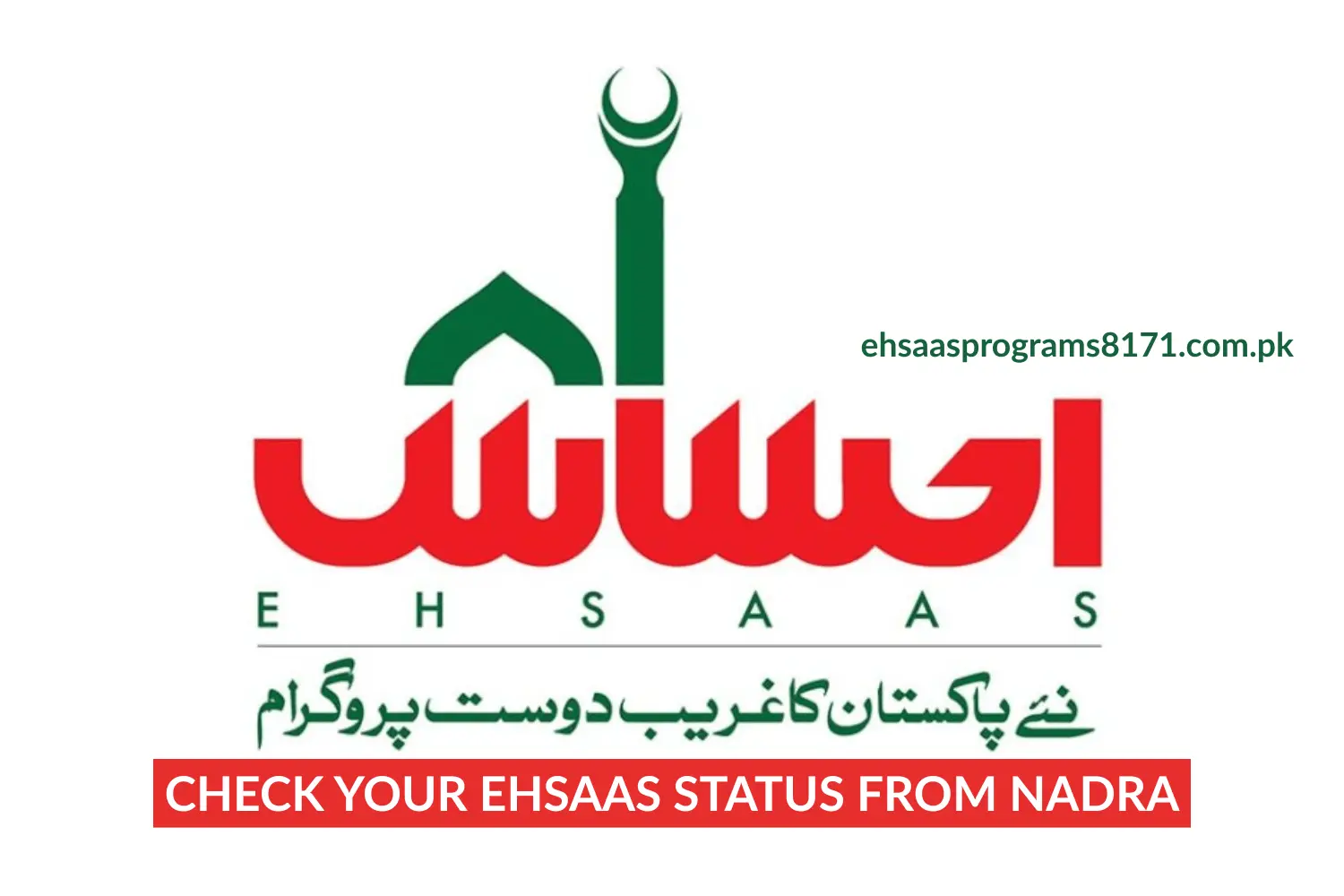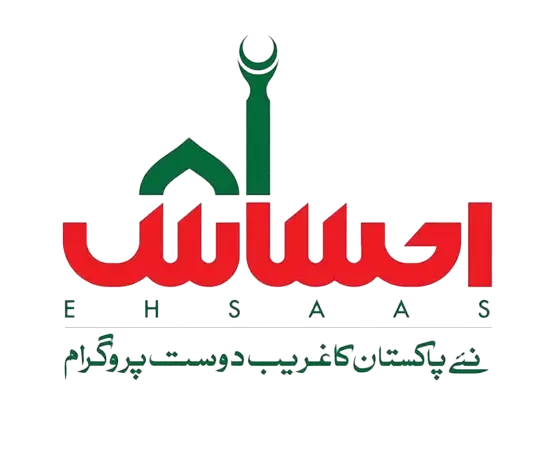How to Check Your Nadra Ehsaas Program Status in 2025
While looking for the Ehsaas financial aid, the most important step is to check either your application is accepted or not. It is mandatory because each month, thousands of people are on a waiting list, all just to check if their application is being accepted, rejected, or held in a verification process. But this does not need to be this confusing.
The thing is that your CNIC is the key to accessing such information. Since you are able to verify your status through your smartphone, SMS check, or in the store, there are now many official verifications without having to use any agents, guesswork.
Here in this guide, we will explain how each one of these methods can be done in a step-wise manner, and also what your outcome means, as well as give you a clue of what you can do next in case your application is still pending.

Role of NADRA in verifying applicants
NADRA is the central member in picking those who are eligible for the Ehsaas Program. Whenever an individual applies, their CNIC is filtered on the database of NADRA to ascertain the identity, household records, and family relations. That is not merely a procedural measure. The only thing that can be of assurance that the applying person is real, alive, and has not been provided with benefits by another person in the family yet.
The information fed to NADRA also forms part of the National Socio-Economic Registry used by the government to gauge income levels, dependents, and general eligibility. In case your CNIC information is not available, expired, or erroneous, your request is probably going to be flagged, slowed, or rejected.
In brief, NADRA determines the suitability of Ehsaas funds to the correct individuals, not according to assumptions, but according to facts.
Who qualifies for the program in 2025
Eligibility for the Ehsaas Program continues to be based on objective socio-economic criteria:
- Valid CNIC holder: Pakistani citizens with an active, unexpired CNIC are eligible to apply.
- Low-income households: Preference goes to families earning below the national poverty line, typically under PKR 40,000-50,000 per month.
- Targeted groups: Women-led households, widows, elderly citizens, people with disabilities, and students from underprivileged backgrounds receive priority.
- NSER/PMT score: Your household must be registered in the National Socio‑Economic Registry with a Poverty Measurement Tool score that falls within the government’s approved range.
- No duplication: Families already receiving other substantial government support (like pensions or salaries) may not qualify.
New updates or changes this year
Following changes has been made this year to give more benifits to the poor and needy people:
Apply for Dar-ul-Ehsaas Program Online
In January 2025, the government raised the quarterly cash stipend for the Ehsaas Kafaalat from Rs. 10,500 to Rs. 13,500. This increase was officially announced as a New Year’s gift to support low-income families.
Alongside this, educational stipends under the Benazir Taleemi Wazaif (education scholarships for children of BISP families) were enhanced effective January 2025. Now, primary school boys receive Rs. 2,500 per quarter (girls Rs. 3,000); secondary boys Rs. 3,500 (girls Rs. 4,000); and higher secondary boys Rs. 4,500 (girls Rs. 5,000)
These higher stipends for girls are designed to encourage female education. The revised amounts are expected to benefit over 6 million schoolchildren nationwide.
Updated Eligibility Criteria and Dynamic Survey
The Ehsaas/BISP program uses a Proxy Means Test score to determine eligibility. As of 2025, the cutoff score is 32 for most households (relaxed to 37 for households with a disabled member).
This means families with a PMT score above the threshold are not eligible for stipends. Other exclusion criteria remain in place: for example, beneficiaries must not hold any government job, own luxury vehicles/property, or have recent international travel history.
In 2025 the government put renewed emphasis on “dynamic” enrollment – continuously updating and verifying beneficiaries’ socio-economic status. All existing beneficiary families (especially those on the rolls for 3 years) were required to undergo a re-survey (data update) by June 30, 2025, to remain eligible.
How to Check Your NADRA Ehsaas Status in 2025
There are three official ways to check your application or payment status under the Ehsaas Program: online, through SMS, or in person. All of them are free, require only your CNIC, and take just a few minutes.
Via CNIC (Online Portal)
- Go to the official portal: 8171.bisp.gov.pk
- Enter your 13-digit CNIC number (no dashes).
- Complete the image captcha that appears.
- Click Submit
Via SMS
If you don’t have internet access, you can check using any mobile phone:
- Open your SMS app.
- Type your 13-digit CNIC number (no spaces or dashes).
- Send it to 8171.
Helpline or Physical NADRA Centers
If you don’t get a clear answer through SMS or the portal, or your status says something like “No Record Found,” you can go directly to:
- Nearest BISP Tehsil Office
- Designated Ehsaas Registration Center
- NADRA Office (for CNIC or biometric updates)
What You’ll See in the Status Result
| Status | What It Means | What You Should Do |
| Eligible | You meet the criteria and your payment is approved or will be released soon. | Wait for SMS or check portal for payment update. Collect cash using your CNIC. |
| Under Verification | Your data is still being reviewed – could be income, family details, or new registration. | No action needed. Check again after a few days. |
| Not Eligible | Your CNIC does not meet program criteria based on current data. | Visit BISP office to update your info or request a re-evaluation. |
| No Record Found | Your CNIC isn’t registered or survey data is missing. | Go to your nearest BISP or NADRA center. Complete the NSER survey to get added. |
Why This Matters
It is not a formality to know your Ehsaas Program status; otherwise, you may not receive the help your household would be expecting. Many end up wasting time waiting based on hearsay without having gotten the opportunity to know that his or her application was rejected, incomplete, or languishing in verification.
As you monitor your status, you will be in charge. You get to know about mistakes early, you may edit your information, and you will not miss the next payment cycle. And, last but not least, it will contribute to the maintenance of a fair and transparent system and it will be oriented towards the population who really needs it.
So when you have applied, do not wait. Look up your status. Develop an intervention when required. It is your right, and it is your money at stake.
